Highlights
ENERGY STAR® Certified, Many models meet efficiency standards
Low Noise Level, Perfect for bedrooms and offices
Smart Features, Wi-Fi connectivity, smart sensors and remote control via Hisense app
Voice-Control Ready, Control with Alexa or Google Assistant for seamless operation
Washable & Removable Filters, Easy to clean and keeps air fresh
3-in-1 Functionality of Cooling, Dehumidifying and Fan-Only
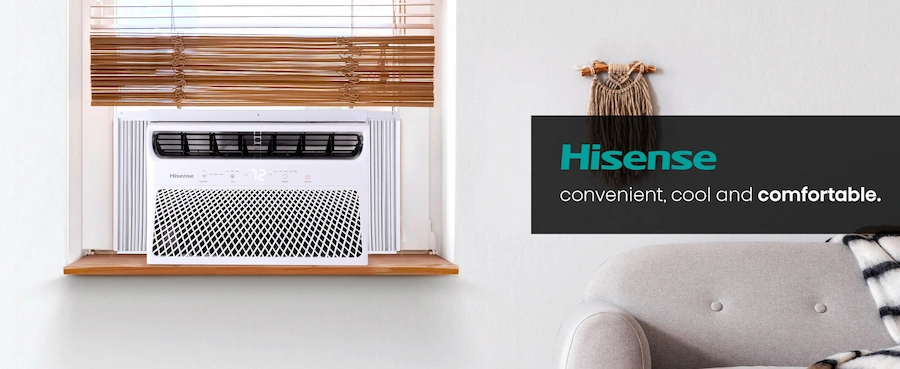
Hisense might not be a familiar name in U.S. households, but it’s been quietly gaining ground — not just in TVs, but in air conditioners too. Backed by a massive Chinese manufacturing operation, Hisense ACs are commonly found on the shelves of Walmart, Lowe’s, and Amazon, often priced to undercut bigger-name rivals. Their secret weapon? Inverter technology, quiet performance, and smart app control — all under $500. While not as refined as LG or Friedrich, Hisense is making a serious play in the budget-premium space. Let’s break down what works, and what still needs work.
Customer Support & Warranty
3.8 /5
Support is a mixed bag. Hisense has U.S.-based service centers and an official support site, but response times can be slow, and parts availability is limited for older models. Warranty coverage is standard (2 year full), and many issues can be resolved by retailers directly, especially through Walmart or Lowe’s. Hisense has earned a solid — but not stellar — reputation for service, mostly because the brand is still scaling up in the U.S. For simple fixes or new units, it’s manageable. For anything advanced? Prepare to wait.
Energy Efficiency
4.2 /5
This is one of Hisense’s strongest suits. Inverter models often earn EER ratings above 12, with several models hitting Energy Star Most Efficient standards. The inclusion of auto shutoff, eco mode, and 24-hour timers across the lineup further improves daily energy use. Compared to fixed-speed units at similar prices, Hisense provides noticeable long-term savings, especially for buyers in warm climates. While it doesn’t outclass the likes of Midea or LG, it’s in the same conversation — at a lower price point.
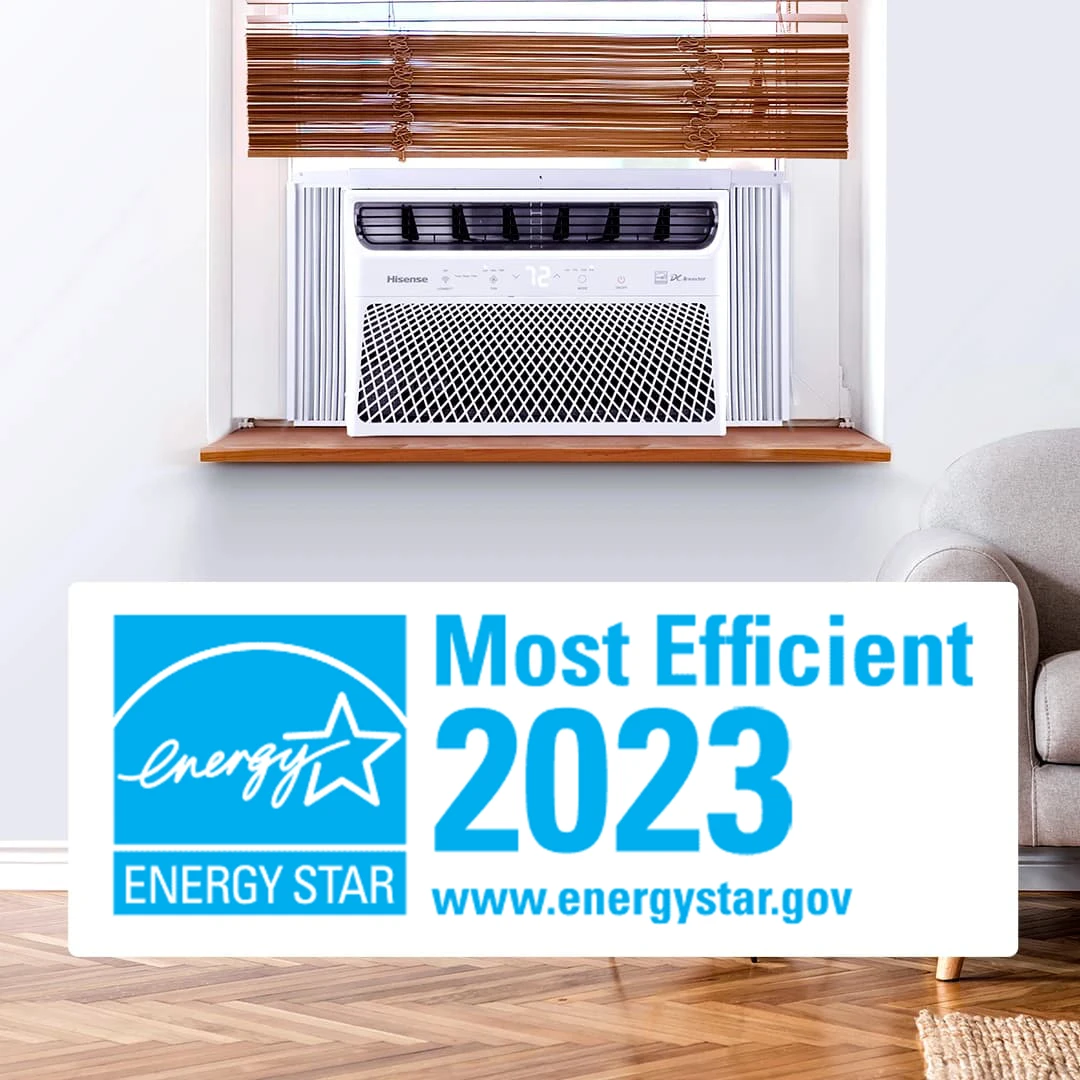
Build Quality & Durability
3.8 /5
This is where the budget roots start to show. While the internal hardware — like compressors and fans — are reliable, the external plastics, louvers, and trim pieces can feel fragile. After a year or two of seasonal use, some units develop vibrations, loose vents, or panel noise. That said, Hisense does a good job of sealing components and minimizing leaks or airflow loss. These ACs are workhorses more than showpieces — just don’t expect a luxury finish. If you treat them well, they’ll keep doing the job.
Products Variety
4.0 /5
Hisense keeps its lineup focused, with solid offerings in window units, smart portables, and a few heat pump combo models. While the BTU range covers most residential needs, there’s no presence in wall-mounted, U-shaped, or mini split systems. Most units are sold through major retailers and offered in both smart and non-smart versions. If you’re cooling a single room or mid-sized space, you’ll find something. But if you’re looking for high-capacity or specialty formats, Hisense won’t cover all the bases.
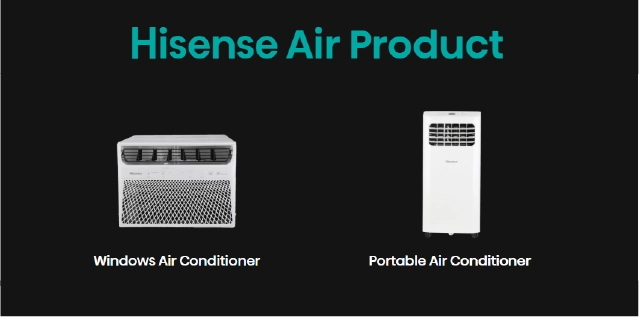
Noise Level
4.1 /5
One of the most surprising strengths of Hisense units is how quiet they run, especially in inverter window models. With low fan settings, noise levels dip below 50 dB, which makes them ideal for bedroom or office setups. Portable models aren’t as hushed but are generally quieter than comparable units from Black+Decker or TCL. The sound profile is smooth — more like a steady hum than a growl — and there’s little of the harsh compressor clunk that plagues cheaper ACs. Quiet performance at this price is a real win.
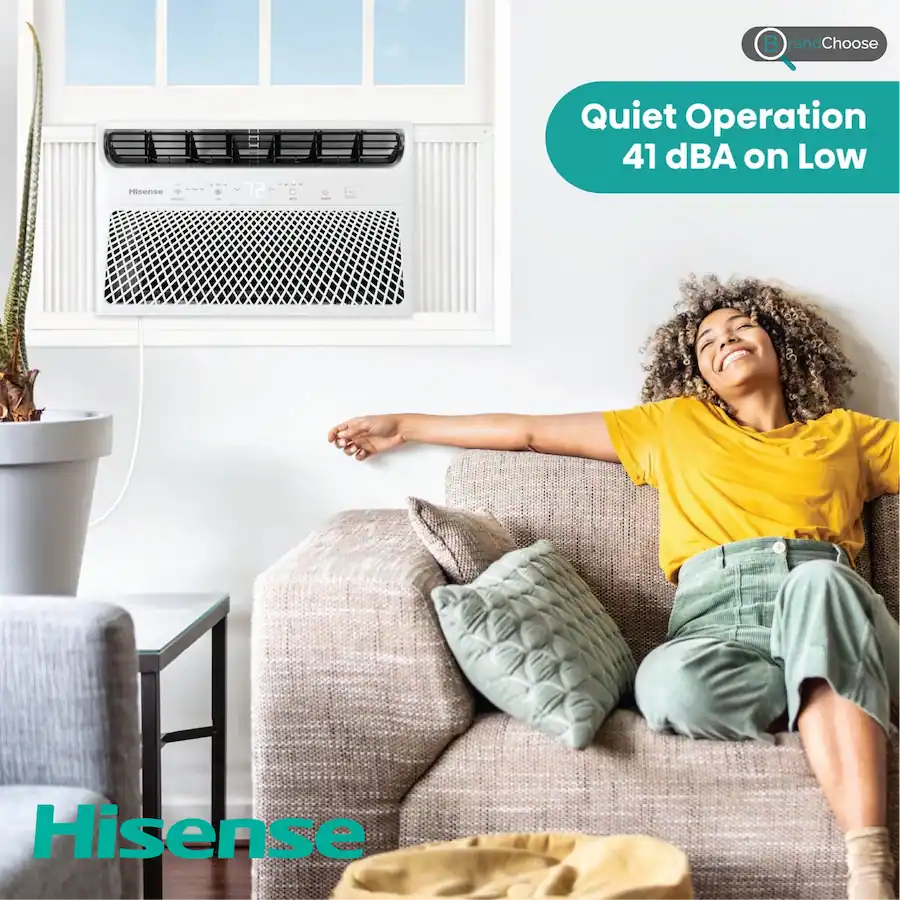
Features & Technologies
4.2 /5
Smart features are well integrated, with many models offering Wi-Fi control, app-based scheduling, and voice assistant support. The Hisense ConnectLife app allows remote operation, sleep mode adjustments, and energy tracking. The downside? App pairing can be clunky, and the interface isn’t as smooth or reliable as LG ThinQ or GE SmartHQ. However, once set up, the app usually runs without major issues. For most buyers, the smart features are a bonus, not a headache — but there’s room to refine the user experience.
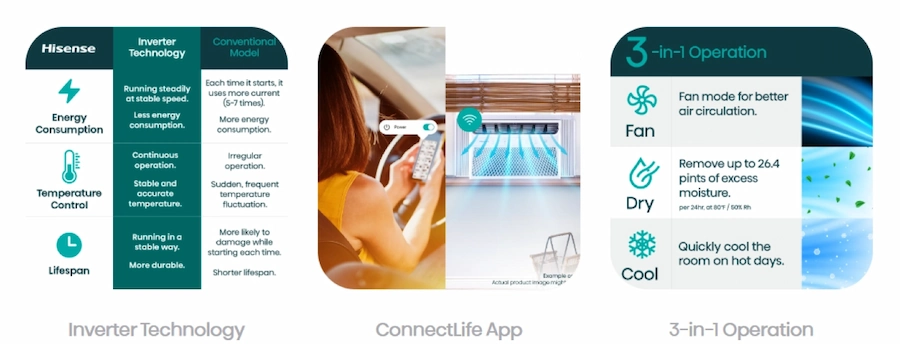
Cost & Affordability
4.8 /5
This is the core of Hisense’s strategy: pack high-value components into an aggressively priced product. Inverter window models often sell for $350–$450, and smart portables land in the $300–$500 range. That’s excellent pricing given the inclusion of inverter compressors, app control, and quiet performance. If you’re willing to accept some build trade-offs and a basic app, Hisense gives you a lot for your money — it’s a clear value champ, especially for renters or first-time buyers.
Cooling Performance
4.2 /5
Hisense units — especially inverter-equipped models — deliver strong, steady cooling, particularly in mid-sized rooms. BTU options span from 8,000 to 14,000 for window units and up to 12,000 BTUs for portables. The inverter compressor adjusts output based on demand, meaning fewer temperature swings and quieter transitions. In real-world use, rooms cool down quickly and stay comfortable without constantly blasting cold air. However, air direction control can be limited, and coverage estimates are sometimes optimistic. Still, for everyday home use, it cools with confidence.
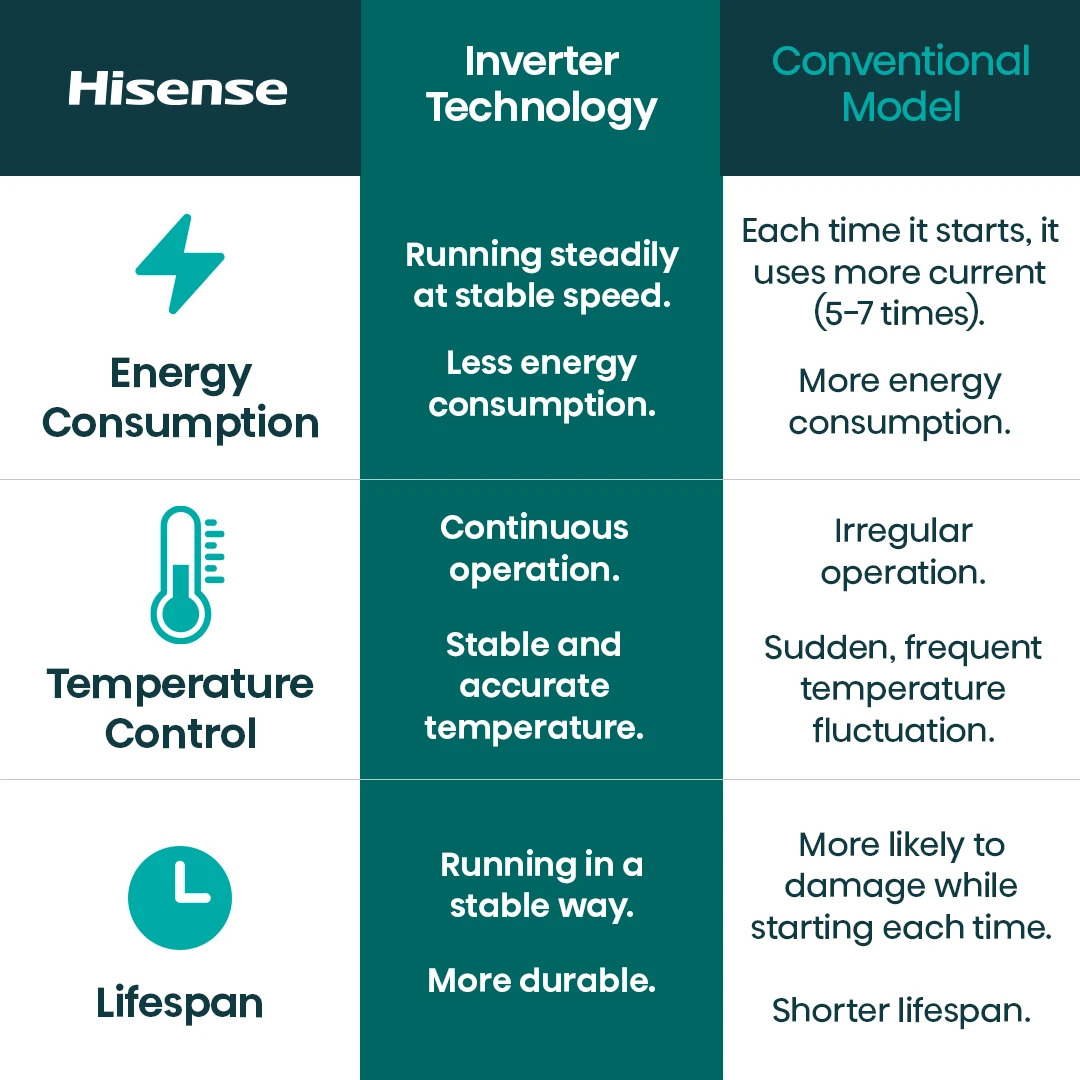
Conclusion
Hisense air conditioners fly under the radar — but they shouldn’t. With quiet inverter performance, excellent energy efficiency, and true smart functionality baked into surprisingly low prices, the brand offers a compelling alternative to more expensive competitors. You’ll have to forgive some fit-and-finish quirks and rougher app edges, but the fundamentals are solid. For anyone seeking real performance and smart features without breaking $500, Hisense is one of the best sleeper picks out there. It’s not perfect — but it punches way above its price tag.



